Songs of Adaptation combines high-quality bioacoustics and data analysis with community voices and knowledge in a multi-dimensional communication that bridges the divide between scientists and community members.
- Data collection focuses on bird songs, temperature, vegetation, and community information.
- Data analysis focuses on results that are of direct relevance to communities, wildlife managers, and governments, as well as the global scientific community.
- Data presentation focuses on getting accessible information to the people who most need it, including individual community members in rural villages of developing countries. The methods used are varied, and sometimes unconventional. Conventional communication reaches the same audiences over and over again. Adopting alternative communication methodologies allows engagement of typically under-engaged community members.
The Anthropocene Geologic Era is upon us. The world is changing. We, and all living things, must adapt. Communities must adapt. Even those communities that are barely touched by global connections sense changes. In order to adapt sustainably, communities must understand the context of their changing world. They must have quality information to allow evidence-based decision making.
Historical Context
The Songs of Adaptation project participates in a genealogy that stretches back to the first understandings of “Nature”. In 1802, the German scientist Alexander von Humboldt and his colleague Aimé Bonpland climbed Mt. Chimborazo in what is now Ecuador. Taking painstaking barometric and temperature readings and cataloging plants as they went, they succeeded in mapping the distribution from the lush tropical jungles at the volcano’s base to the alpine snows. Though they were turned back short of the summit, Humboldt had an epiphany. He conceived a vision of life as a “living whole,” that he dubbed Naturgemaldë.
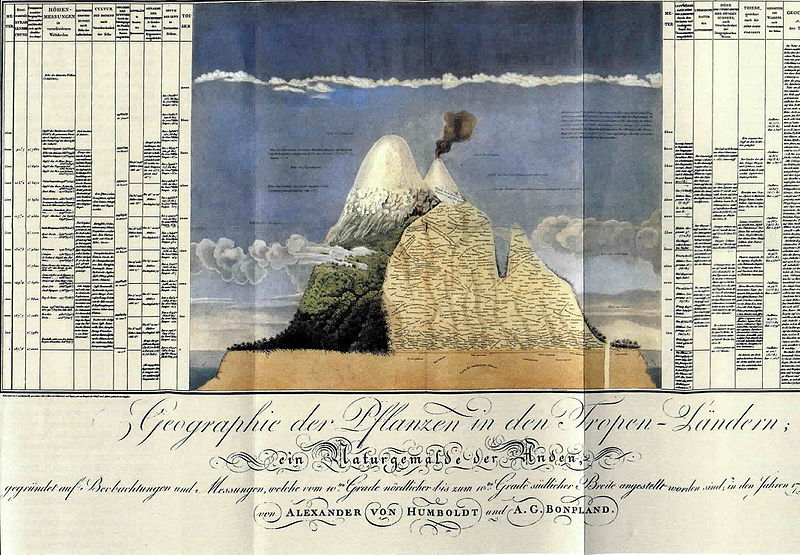
A repeat survey of Chimborazo’s flora conducted in 2012 found that species had moved upslope an average of 500 meters in the intervening 200 years.1
1Naia Morueta-Holme, Dristine Engemann, Pablo Sandoval-Acuna, Jeremy D. Jonas R, Max Segnitz, and Jens-Christian Svenning. “Strong upslope shifts in Chimborazo’s vegetation over two centuries since Humboldt” PNAS, October 13, 2015, Vol 112 no 41, pp 12741-12745
Humboldt’s understanding of species distribution would, in turn, become a profound influence on Charles Darwin and Alfred Russel Wallace’s theory of evolution via natural selection. Humboldt’s influence continues.
Darwin’s close friend and confidant, the botanist Joseph Dalton Hooker, conducted the first scientific survey of Himalayan plants between 1847 and 1851. Hooker paid close attention to the distribution of plants across altitudinal zones (and made a point to climb higher than Humboldt’s record on Chimborazo). He developed a theory of how the Himalayan range was integral to the monsoon.
We are now in an era of accelerating climate change.
Understanding these changes and relationships is central to any effort that appreciates life’s capacity for adaptation.
It must also be the basis for effective conservation — reconceived in terms of resilience, movement, and relationships.
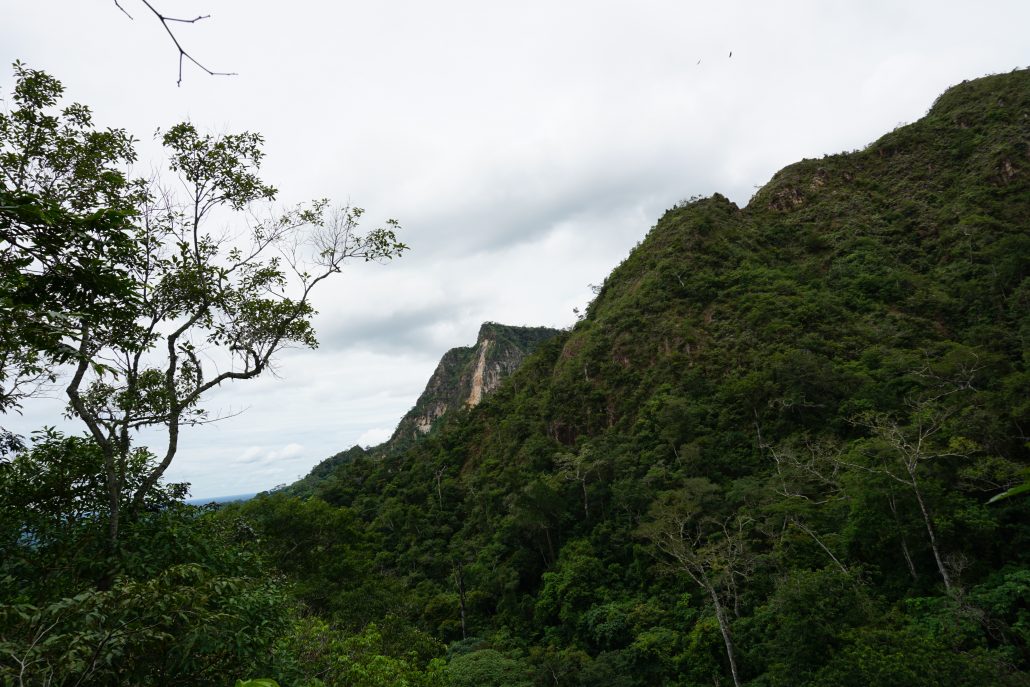
Scalable Model
Songs of Adaptation operates on multiple scales. The global project includes several Biomeridians installations, which monitor life across a gradient, such as elevation or land use, allowing evaluation of ecosystem health at the local level. In addition to the substantial Biomeridian sites, individual monitoring stations, or a series of stations, can be placed anywhere in the world. These stations each have their own story of place and of changing place to tell. The methods of story-sharing differ depending on the community to be reached.

The first two Biomeridian installations are in Nepal and Bolivia, biodiversity hotspots in remote areas. Instrumentation to continuously monitor life sounds (bioacoustics), temperature, and humidity are installed at regular elevation internals (well, as regular as you can get in a remote jungle). These data are supplemented with vegetation surveys, wildlife cameras, GIS data, and historical data. Over time, the data being collected will allow for examination of changing patterns due to anthropogenic and natural causes. When conducted on public land, these major observational sites require close coordination with national, regional, and local officials.
Less monumental than monitoring large gradients in remote jungles are individual stations or a smaller series of monitoring stations which can be placed anywhere. For example, monitoring has begun at two educational centers in the United States (Chesapeake Bay and Spruce Knob) and at a stream restoration site in West Virginia, USA. These stations were each placed with high local excitement to better understand an individual place and changes occurring there, while also considering global context.
Communities are Central
Songs of Adaptation isn’t just science. It isn’t just monitoring and reporting. Songs of Adaptation seeks to inform sustainable community adaptation to a changing world by supporting evidence-based decision making. This means different things to different communities around the world. Commonality between communities comes from our shared planet. Commonality comes with a sense of place. Commonality comes from sharing stories and sharing songs. Commonality comes from adapting together.
Our definition of community is a group of people who share something in common and have the potential to act together. Songs of Adaptation interacts in communities in many ways. Our home within Future Generations University provides a foundation in SEED-SCALE methodology for supporting community development, using methodologies designed specifically to address Sustainable Development Goals. As a University, we focus on Research, Learning, and Action. Songs of Adaptation conducts research, provides training, and facilitates action.
Communities in remote villages of the Himalaya are engaged in Songs of Adaptation through participation in data collection, climate change awareness training, and SEED-SCALE training. Songs of Adaptation creates a two way bridge between researchers and community members, both learning from each other. The stories from the community inform research, and relevant research results are returned to the community in accessible summaries.
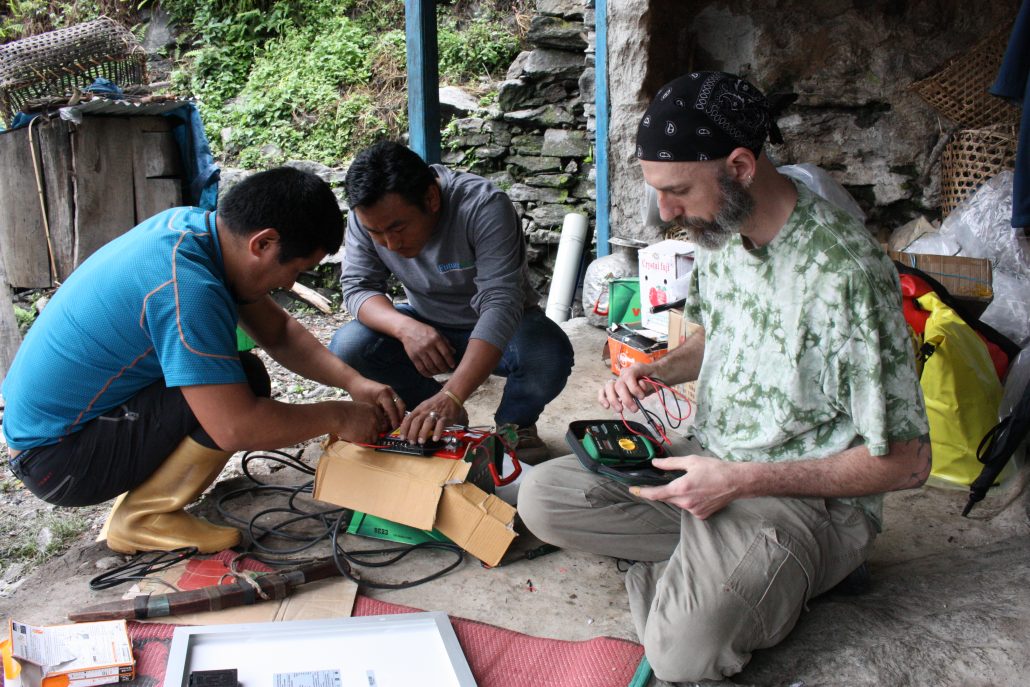
In the United States, community engagement has thus-far focused on middle-school students. Observation stations have been established at North Bay Education, Inc. on the Chesapeake Bay and Experience Learning at the highest point in West Virginia and headwaters of the Potomac River. Collaboration with these educational intuitions will allow thousands of students to participate in Songs of Adaptation each year.
Communities of all sizes and varieties can participate in the global Songs of Adaptation project to better understand their place in the world and support evidence-based decision making for adapting to anthropogenic and climate changes.
Hearing our World
Imagine a rush-hour cityscape. Feet shuffle along sidewalks, fingers tap across digital devices. Cars grumble in traffic, as drivers absentmindedly turn the dials on their stereos. A siren moans in the distance; a squirrel chews a scrap of food on the edge of a trash can. The wind whispers in the background of it all. Soundscapes capture the deep and complex nuances in the web of stories that surround us every day.
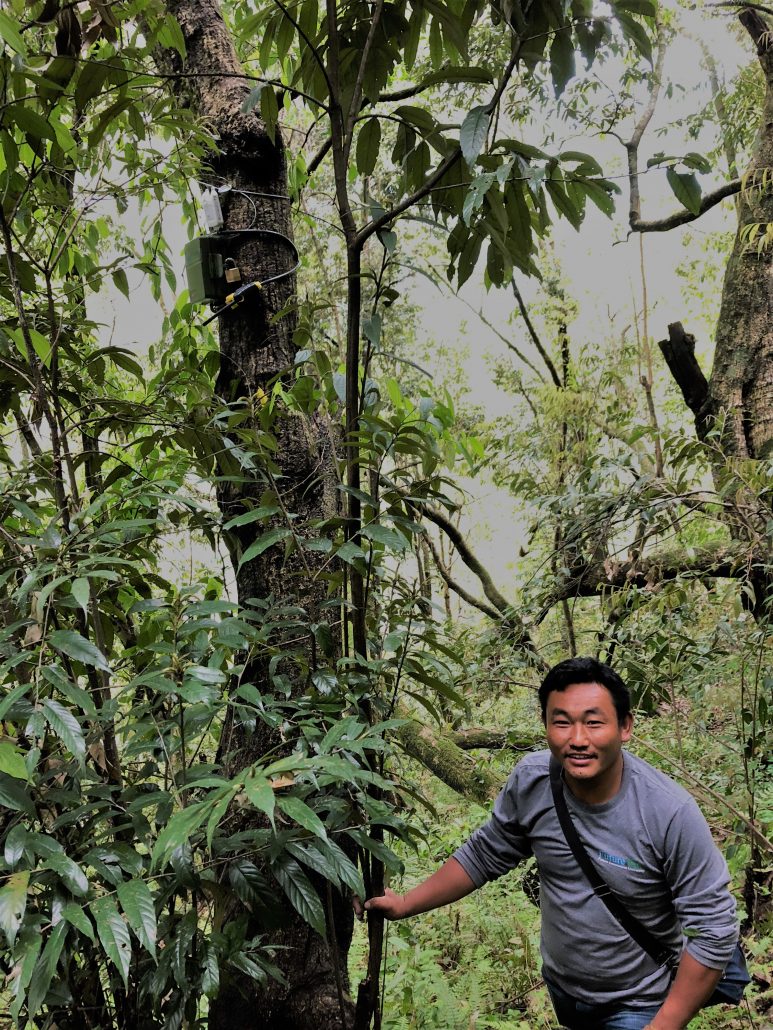
Sound is a powerful tool that has been underutilized in the monitoring and documentation of biodiversity, worldwide. Many species exist without being detected because they are out of sight. Microphones do not need to sleep, nor do they need to focus on animals in just the right lighting to document their existence. All that an animal needs to do to have its presence recorded is call out.
Are there any silent places on Earth? We tend to think of nature as a quiet sanctuary to escape noise. The Songs of Adaptation team placed a microphone in a forest in Maryland for a month. Set to a five-minutes-on, ten-minutes-off recording pattern, it captured over 250,000 sounds. Many of these were vocalizations from birds, amphibians and insects. The complex songs of the World change drastically with seasonal fluctuations; will they also change throughout time?
The Songs of Adaptation team is working alongside of communities around the globe to record bioacoustic data at diverse sites. Over time, we can listen together to the songs of a spinning world.
Below is a sample of a chorus of songbirds recorded in Nepal in 2018. The red visualization is an audio waveform, which shows the amplitude of the sound, over time. The Green is a spectrogram, which shows intensity of sound as well as frequency. It reaches from 0 kHz up to 10 kHz on the y-axis. Time stretches along the x-axis for both the waveform and the spectrogram, in this example reaching from 0-20 seconds. Enjoy this audiovisual representation of a chorus of birds in the Barun Valley in Nepal.
Using Big Data to Answer Big Questions
Each bioacoustic monitoring station will produce an estimated 1 terabyte (over 1 million megabytes) of audio data per year. Making sense of all that data requires cutting edge technology. With help from our friends at the Cloudera Foundation, we are utilizing cloud storage, machine learning, and big data analytics to build a platform that enables our global research team to collaboratively analyze millions of hours of audio.
Deep learning algorithms and neural networks will help us identify and categorize sounds from particular species of interest. Local experts will help us train and improve our identification models.
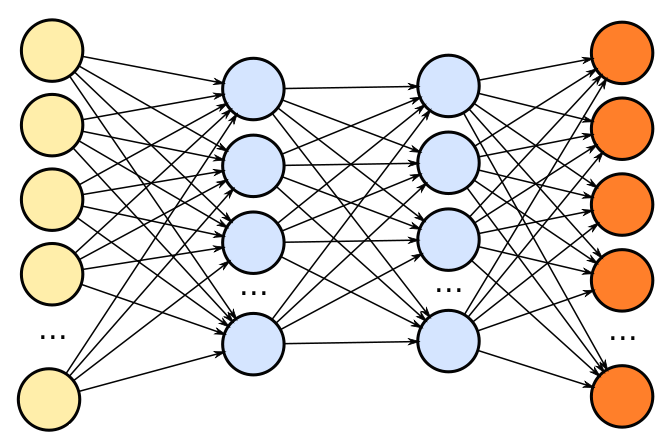
Meet the Team
We are a global team

bioacoustic enthusiasts

local story explorers

and community connectors
Songs of Adaptation is a research project of Future Generations University, see Faculty and Staff pages at future.edu.
Global team listed below in alphabetical order by first name. Emails are given for Bolivia, USA, and Nepal main contacts:
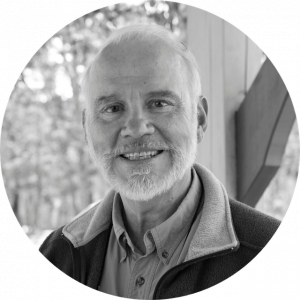
Robert Fleming, USA, Senior Scientist
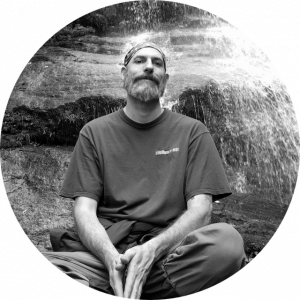
Damian Christey, USA, Computer Scientist

Dan Robison, Bolivia, Senior Scientist
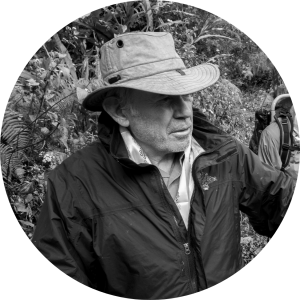
Daniel Taylor, USA, Future Generations University President
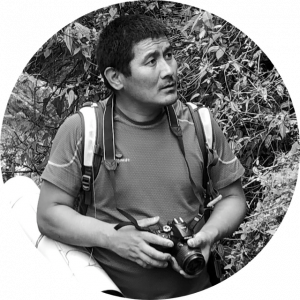
Dorchee Sherpa, Nepal, Botanist

Dukpa Thikepa Bhote, Nepal, Field Technician
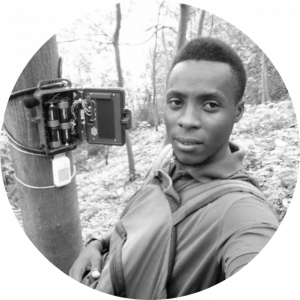
Gideon Muwawu, Uganda, Field Technician

Hari Basnet, Nepal, Field Biologist

Jennifer Flippin, USA, Data Scientist

Khagendra Sangam, Nepal, Sociologist
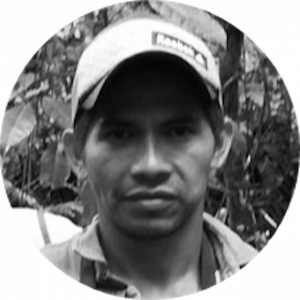
Luciano Siani Albarado, Bolivia, Field Technician

Naomi Bates, USA, Project Director and Senior Scientist
naomi.bates@future.edu

Nawang Gurung, Nepal, Regional Coordinator
nawang@future.edu

Oliver Lippy, USA, Experiential Educator

Rabindra Man Joshi, Nepal, Scientist
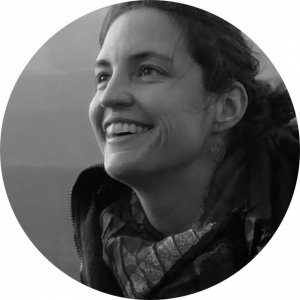
Ruth Taylor, USA, Interaction Designer

Sebastian Herzog, Bolivia, Senior Scientist
sebastian.herzog@future.edu
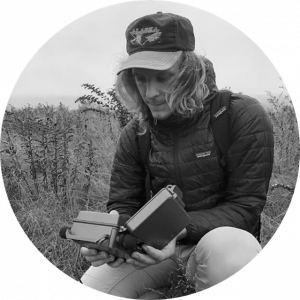
Shane Palkovitz, USA, Audio Specialist
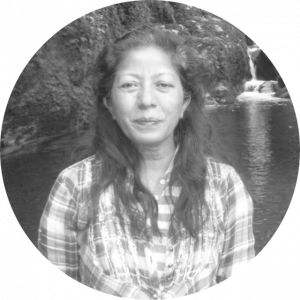
Sushila Chatterjee Nepali, Nepal, Scientist
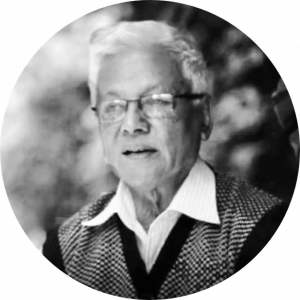
Tirtha Bahadur Shrestha, Nepal, Senior Scientist
